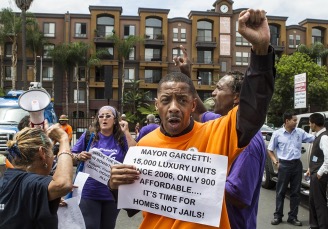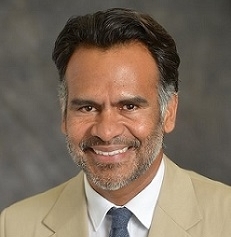Posts

LA Social Science Rising Scholars Series Featuring Dr. José Loya Discussing the Mortgage Market for Latinxs
LA Social Science interviews Dr. José Loya, a UCLA Assistant…

UCLA Professor Eric Avila Discusses Infrastructure and Racial Equity with The New York Times and NPR
Dr. Eric Avila, UCLA Professor of History, Chicana/o and Central…

UCLA Professor Eric Avila Discusses the Historical Link between White Supremacy and Los Angeles Transportation Plans
In a recent KCRW Greater L.A. podcast titled, "LA Freeways: The…

Do Legislative Bills Build Housing?
By Jan Breidenbach Senior Fellow, UCLA Department of Urban…

